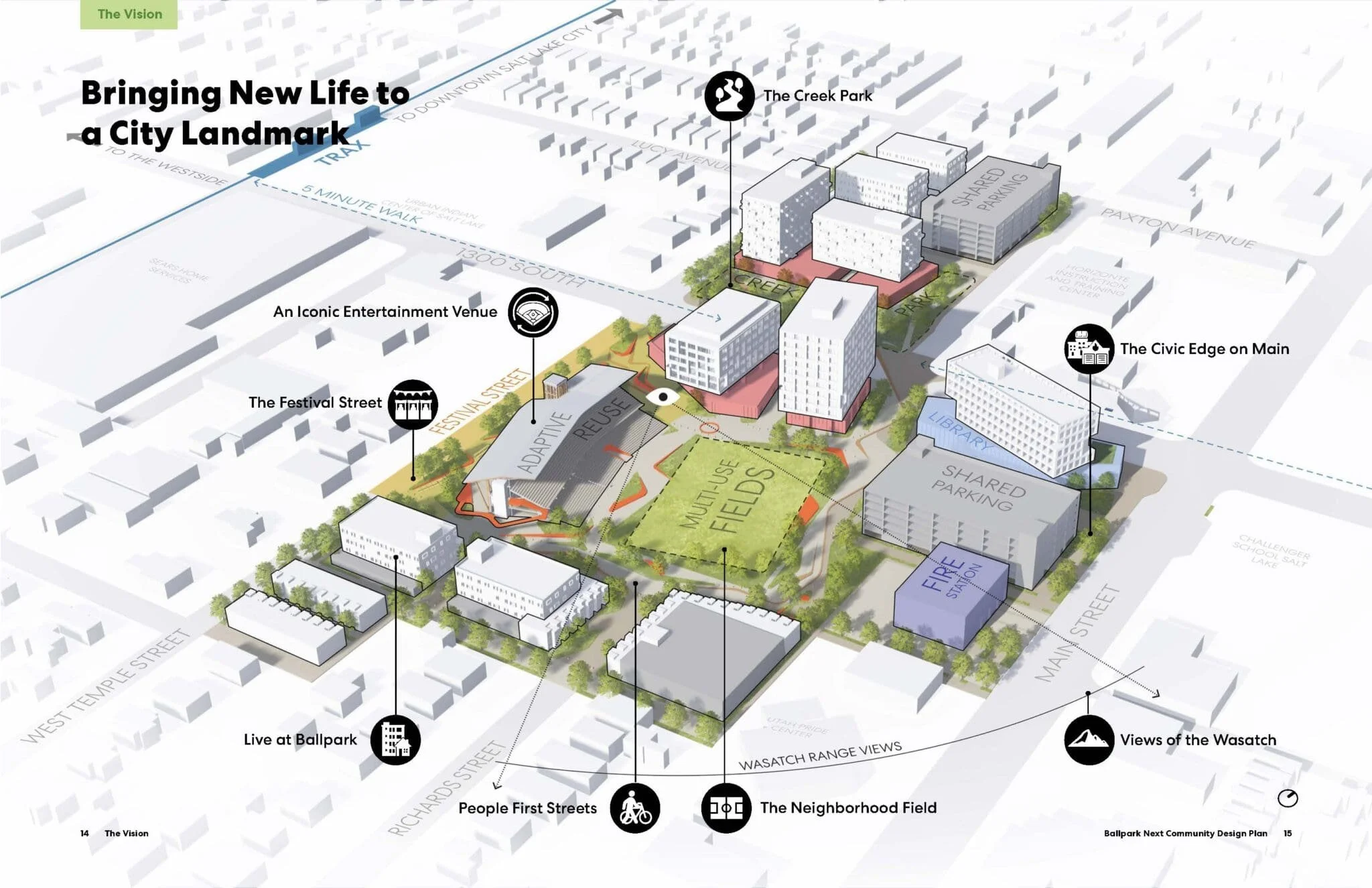Flip it on its Head
Authored by Alex VeIlleux
Uncovering our urban creeks gives families direct access to nature in their backyards. Instead of transporting people from the city into natural spaces, we can bring natural spaces to the people in the city. Streams empower residents in marginalized communities with the development of a passion for an outdoor space evolving into upward mobility via the natural sciences.
As a guy raised with a love for the outdoors, daylighting and restoring the natural drainages of the Salt Lake valley is something I can easily get behind. Fond memories of running barefoot along the stream banks accessed from my backyard highlight the nostalgia reel of my childhood. I was lucky enough to win the genetic lottery and be born into a community that provided the opportunity to steep my elementary sponge brain in the natural world. Trailblazing straight out of my backdoor without a doubt molded me into the human being I am today.
I’m sure this narrative resonates with a lot of folks, but unfortunately it doesn’t with many kids, even in a place like Salt Lake with its ease of access to the Wasatch Range. Children growing up in communities on the west-side come of age under much different conditions than I did. Impoverished neighborhoods have little to offer beyond pavement and grassy medians for areas of play.
Trapped in the throes of financial hardship, it’s hard for a family to provide exposure to the natural world for their children. A single mother struggling to provide for her kids is not economically suited to give her children these opportunities, and also simply does not have the time to travel a half hour into the hills on a regular basis. Parents working multiple jobs to try and put food on the table are exhausted from the excruciating work load inherent in such a lifestyle, and hardly have the energy to plan out a jaunt to the hills. Many don’t own reliable forms of transportation, rendering any kind of escape from the concrete close to impossible. Daylighting can give these families direct access to natural spaces in close proximity to their homes.
The psychological benefits that come with time spent in nature are becoming clearer by the day. A multitude of books, articles, and research have been dedicated to the notion. Wilderness therapy is a new technique quickly gaining popularity. It offers outdoor escapes as a solution to America’s overworked and underpaid rat-race culture, as well as rehabilitation programs for troubled adolescents’ focusing on isolation in natural spaces as the central tenant of healing.
Many nonprofits have developed programs to bring underprivileged youth on hikes or other forms of outdoor recreation for the same purposes I’m addressing here. The beauty of daylighting is that it flips this logic on its head. Instead of transporting people from the city into natural spaces, we can bring natural spaces to the people in the city.
With this role reversal, you not only accomplish the same form of wilderness therapy, but you do it with all the other benefits of daylighting. Restoration of natural ecological services, flood control, added property value, and our priorities as a city all come as added bonuses to the same end as traditional wilderness therapy. Providing a natural space within concrete sprawl effectively cuts out the middle man and allows for an entirely new environmental consciousness to emerge in these communities.
A crux of combatting the apathy inherent in environmentalism is providing the experience of nature so the public can care about these problems. Environmentalism is somewhat plagued as a white middle-class phenomena. They are the demographic who tend to be capable of enjoying it, which fuels their desire to protect it. If we can provide a regular outlet for communities who would usually never have it, support for environmental policy reform could take off. Giving our most population dense areas a reason to care about the environment just makes sense statistically.
Famed astrophysicist Neil DeGrasse Tyson, host of Fox Network’s Cosmos, grew up in the Bronx, and couldn’t see the stars at night from where he lived. If it were not for a planetarium in his neighborhood, Tyson very well may not have discovered his passion for the universe. Without that planetarium, the field of astrophysics and public knowledge of outer space would certainly not be the same as it is today. Daylighting has the potential to act in the same way Tyson’s planetarium did, and empower members of impoverished areas with the development of a passion for an outdoor space evolving into upward mobility via the natural sciences.
Every year for Father’s Day, I write out a nice heartfelt note in a card for my dad. This year, I specifically thanked him for gifting me with my love for the outdoors as it has truly made me who I am today. I hope one day there’s a kid who finds their passion from a daylit creek in their neighborhood. I hope some day, a kid from the west side can write something along the same lines to their dad because of a section of waterway that would’ve otherwise remained underground.




